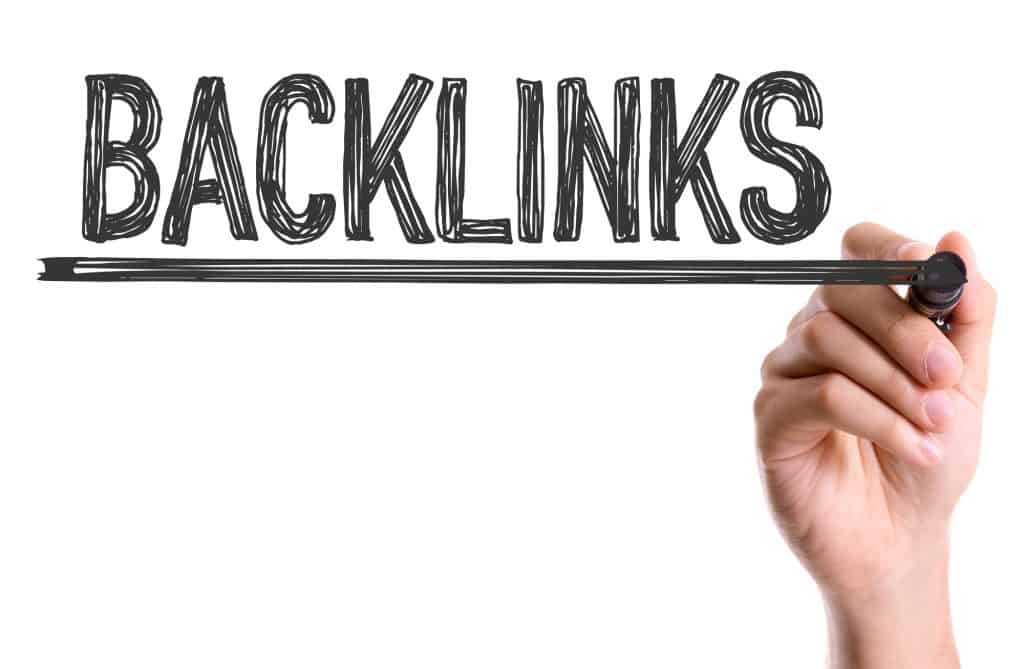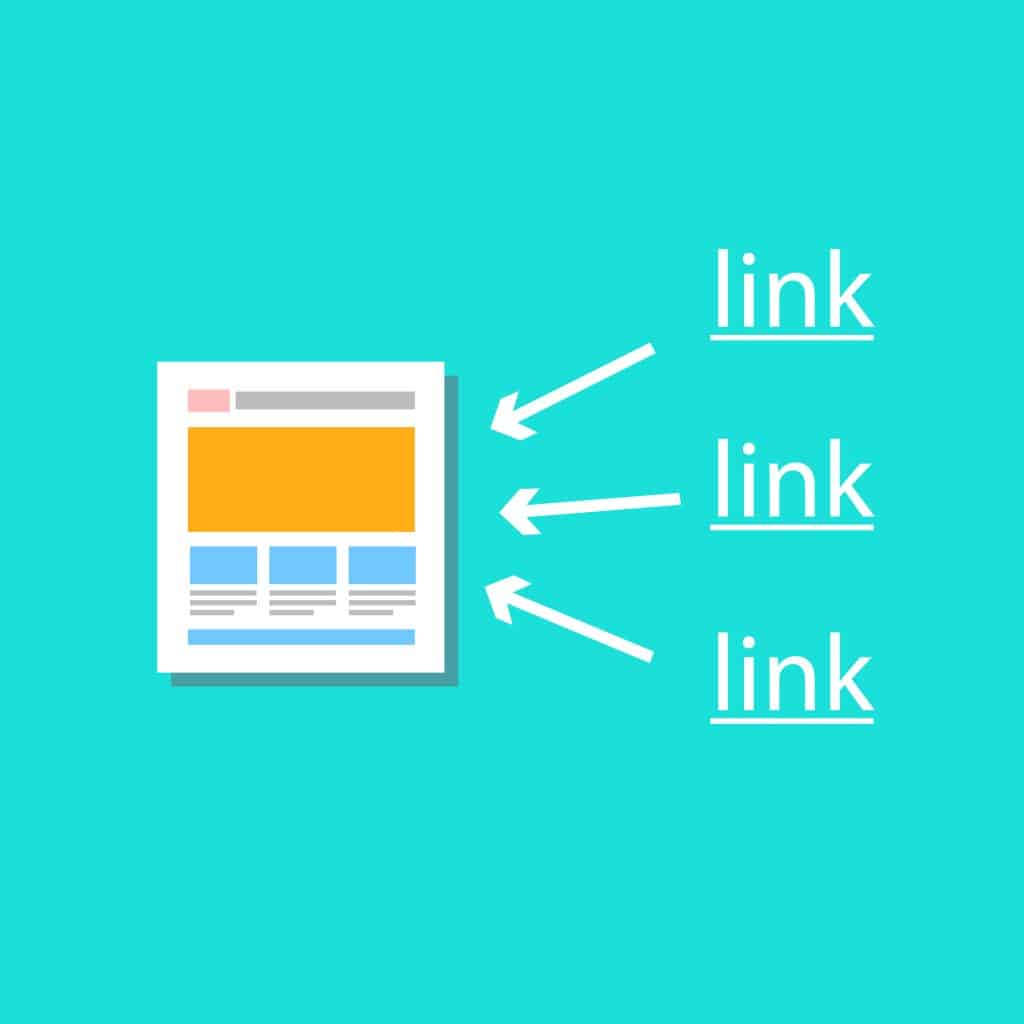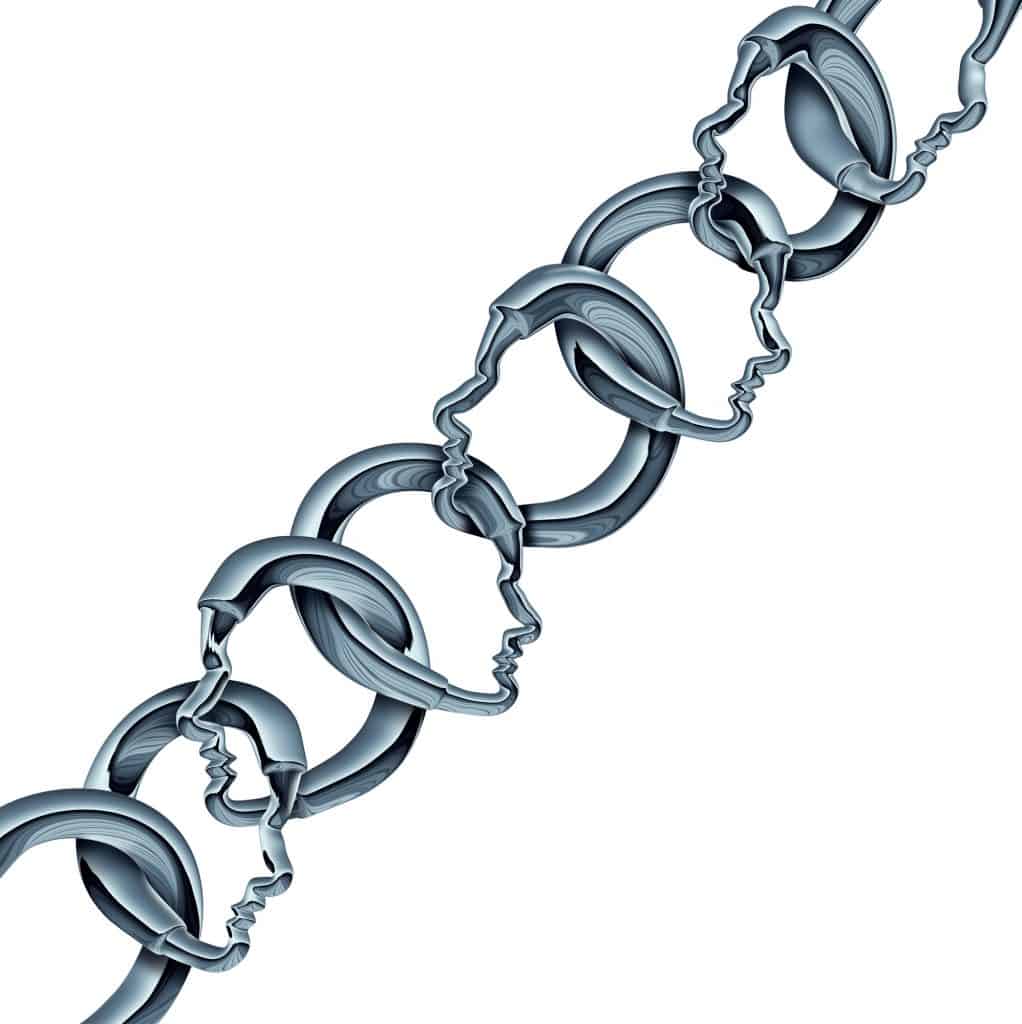
5 Actionable Tips On How To Build Links

Learning how to build links is a valuable skill, because both internal and external links have a positive effect on your SEO content writing. The right link-building strategy can position your brand as an expert within your niche by adding authority and value to your content writing. The higher the quality of your content, the higher the chances you will earn relevant backlinks from blogs and publications that matter to your industry.

While no one knows the specifics of Google’s ranking algorithm, niche experts like Neil Patel and Copyblogger estimate that the number of inbound links to a web page and the quality of its research links account for just over 22% of the total score. Patel also notes that more than 99% of the top 50 Google results for a given keyword will have at least one external link.
So what’s the bottom line? Get on the link building wagon! You may be eager to do so, but knowing how to create a link building strategy may be a challenge. These guidelines provide you with best practices on how to build links that boost your site’s search engine optimization and organically increase your traffic and reach.
Did you know that more than 99% of the top 50 Google results 📈 for a given keyword will have at least one external link⛓? #ContentMarketing #LinkBuilding Share on X
What Is a Hyperlink?
A link is a shortcut that allows you to navigate to different pages and websites quickly. A hyperlink uses HTML to easily link to another page, usually by attaching the URL to a shorter phrase or word. Links can also be attached to pictures.
There are three types of links, and each can beneficial as you learn how to build links for SEO:
External Links. These are links to other websites that you put on your own website. This is a useful way to cite other sources and build up your credibility. Links that lead to trustworthy sources and additional information is helpful to readers, and it shows that you know what you’re talking about.
Internal Links. Hyperlinks that link to another part of your website are called internal links. They help you and your readers find content on your website and are an important part of your link building strategy. Internal link building can guide both users and search engines to the important pages on your website.
Inbound Links. Also known as backlinks, these are the links that every website is looking for. Incoming links are links put on another website that connect back to your website. How do these help your link building strategy for SEO? They tell Google and other search engines that your website has trustworthy, desirable content, therefore elevating your status and improving rankings. Backlinks are one of the most desirable and influential parts of SEO.

Why Do You Need To Know How To Build Links for SEO?
The SEO content writing blog Backlinko stresses the importance of backlinks that will actually boost the search engine performance of your content. For optimal impact on your rankings, strive for external links that meet these criteria:
- Position of your link on the site: External links that appear naturally within content matter more to Google than links hidden in the meta data, header or footer of a web page.
- High page authority on Google (a nonpublic metric called PageRank): Sites like Moz and Ahrefs provide tools to estimate the authority ranking of a specific domain. In general, well-known sources have more authority than smaller sites.
- Appropriate anchor text: The wrong anchor text can lead Google and other search engines to flag your content as potential spam. For example, avoid using similar anchor text for more than one backlink, which could be a sign of ranking manipulation. The Respona guide to building inbound links recommends choosing anchor text that relates to your keyword and describes what your page is about. For example, if you want to rank for a blog post about the best local wineries in your county, choose anchor text for your links with language such as “top-rated Smith County wineries.”

Link Building Caution
By the same token, you should understand the link qualities that lead to SEO penalties. You need to learn how to build links the right way, or you risk undermining your quality content.
Avoid using anchor text that exactly matches your target keyword. Make sure that links seem natural rather than shoehorned into your content writing. Don’t purchase links, since doing so can get your site flagged by Google. Link exchanges, in which you provide a link to another site in exchange for a backlink, don’t necessarily help and may harm your SEO rankings.
Keep in mind that blog posts jammed with links can get flagged as spam. Choosing where links go is another key element when learning how to create a link building strategy. Backlinks to your site’s home page are less valuable than backlinks to a blog post or another page on your site.
5 Actionable Tips That Can Help You Build Links
Creating links and receiving links from others should be an important part of your SEO strategy, but it can be challenging. Here are five tips that can help you improve your hyperlinking game.

1. Know The Anatomy of a Quality Link
Even if you plan to use a professional copywriting agency for your link-building endeavors, it helps to know what a properly structured link should look like. Learning how to build links starts with studying how to actually create them.
Use the <a href = “link”> anchor text </a> framework. In this model, a is your anchor tag and alerts the search engine of a link to come. The hyperlink referral, or href, indicates the website address where the link leads. The anchor text will be clickable on your content, describing the purpose of the link to your reader. The last /a closes the link tag to show the search engine that the address is over.
2. Reach Out to Other Websites
If authoritative industry blogs don’t know your site exists, how can they share your valuable, well-written content with their readers? Create a short list of experts to engage within your niche. Reach out to them directly to share an infographic, e-book, guide or other content item. Ideally, this writer will decide to link to your content, thus exponentially multiplying the number of eyes on your brand.

Even if every outreach action doesn’t result in a link (and it won’t), it does create a building block to a relationship with the influencers who share your readership. Knowing how to build links starts with creating a network of contacts. And when important brands begin to trust you, they will influence their audience to trust you. (See how that works?)
For best results, develop a simple script that you can use to ask for a link. Make sure to personalize the email before you send it to your potential connection. Aim for a friendly tone and highlight the value of an association with their brand.
Other outreach strategies on how to build links include:
- Promoting your content writing on all your social media channels. If you aren’t already sharing blog posts through other channels, strategize about how to do so.
- Asking friends, family members, colleagues and associates. Send your content along to your personal and professional networks to politely request shares and links.
- Sending content assets for review. Provide industry experts with a free review copy of a new e-book, guide or product.
1. Take Advantage of Tools
Remember that you’re not alone in the struggle to earn external links. In Patel’s article on building links when it’s hard, he recommends a few smart strategies to get the ball rolling:

- Seek sites that already list several of your competitors, a sign that they’re open to connecting with others in your industry.
Backlinko calls these sites “likely linkers.” To locate contenders, try the Link Intersect feature on the free Ahrefs link building tool. You can search competitor sites and see where they have the most inbound links. Be sure to review the context to avoid requesting a link from a site that primarily posts negative reviews, unflattering news or content that’s simply not relevant.
- When you add images and infographics to your site, provide a link to those files.
Then, use Google Image search to look for sites that take the images without your permission and request that they provide an external link if they want to keep using the content. A copywriting agency can help you develop high-quality images, charts and graphics if that’s outside your wheelhouse. Patel reports that his success rate with this technique has approached 100%.
Additional Tips On How To Build Links
- Search for mentions of your company, which you should be doing anyway if you’re working to build a brand.
Reach out to sites where your business name appears and ask whether they’re willing to add a link. Patel reports a success rate of up to 83% for this tactic.

- Consider performance-based press.
Tools like PRServe give you a chance to try out the service of real public relations firms. Their agents pitch stories about your brand to major sources, but you only have to pay for the coverage if they actually succeed in getting placement.
- Use Content Explorer on Ahrefs to find sites that have mentioned your target keywords. Reach out to relevant results and ask for link placement.
By implementing these tips, you can know how to build links that boost traffic and your search ranking. The first step is building a network of websites and writers willing to share your content.
2. Deliver Content With Real Value

When your content writing solves problems for your audience or drives real conversation about a buzzworthy topic, the links will begin to come naturally as your site’s visibility increases. Some types of content tend to drive more links than others. If you’ve set a quarterly goal to improve your link-building program, you may need to come up with an action plan.
Link Building Content Ideas
When learning how to build links that bring traffic, consider these suggestions:
- List posts: Listicles (articles with a number) are inherently shareable. Many SEO content writing gurus rank numbered lists as the number one choice for average shares by content type.
- Refreshed blog posts: Present old blogs in a creative way by visually describing a complex process, illustrating data or otherwise illuminating facts for your readers.
- How-to guides, ultimate guides and complete guides: Can you write a comprehensive guide to your topic? When you can create a value-packed blog post, white paper or e-book that addresses your audience’s pain points, you’ll attract plenty of links from people who benefit from your product. In fact, you don’t even need to start from scratch if you’ve already been publishing smaller content assets. Simply categorize and republish similar topics together with a bit of context to update and refresh.
- Question posts: Hubspot recommends publishing “what posts” and “why posts” to delve deeper into a topic relevant to your target keywords. As a bonus, a series of this type of blog post can be repurposed later as a robust guide or an FAQ.
- Original research: Does your brand gather information that could ease a pain point for your clients? Deliver the data in a study format for an instant air of expertise.
Keep Learning How To Build Links and Get Started!
Building links that bring results takes time and effort. Start reaching out to others and building them today!

You don’t need to exceed your content writing budget to attract valuable links. A skilled content writer can repurpose existing content assets to take full advantage of their linking potential. Create a content calendar that capitalizes on events, seasons and milestones throughout the year, since timely content tends to drive more links.
When you need an expert content writing firm in your corner, contact the team at BKA Content. We focus solely on publishing outstanding, high-quality writing for our clients so you can focus on your core business offerings. If you’re focused on how to build links, we can help you with quality writing. Get in touch today to produce content that will put your link program in overdrive.
- How To Use Keywords in Your Content for SEO - September 20, 2024
- Creating Google-Friendly Content - December 31, 2023
- Which Type of Content Brings In the Most Traffic? - December 28, 2023

